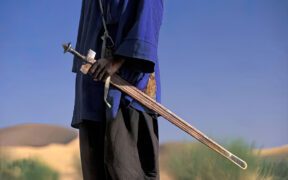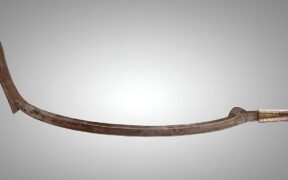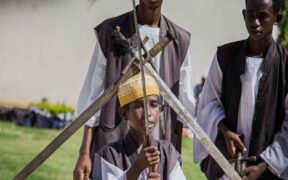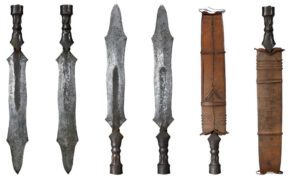Our content features commercial links to our products, committed to transparent, unbiased, and informed editorial recommendations. Learn More
The African Akrafena Sword: A Testament to Cultural Heritage
NO AI USED This Article has been written and edited by our team with no help of the AI
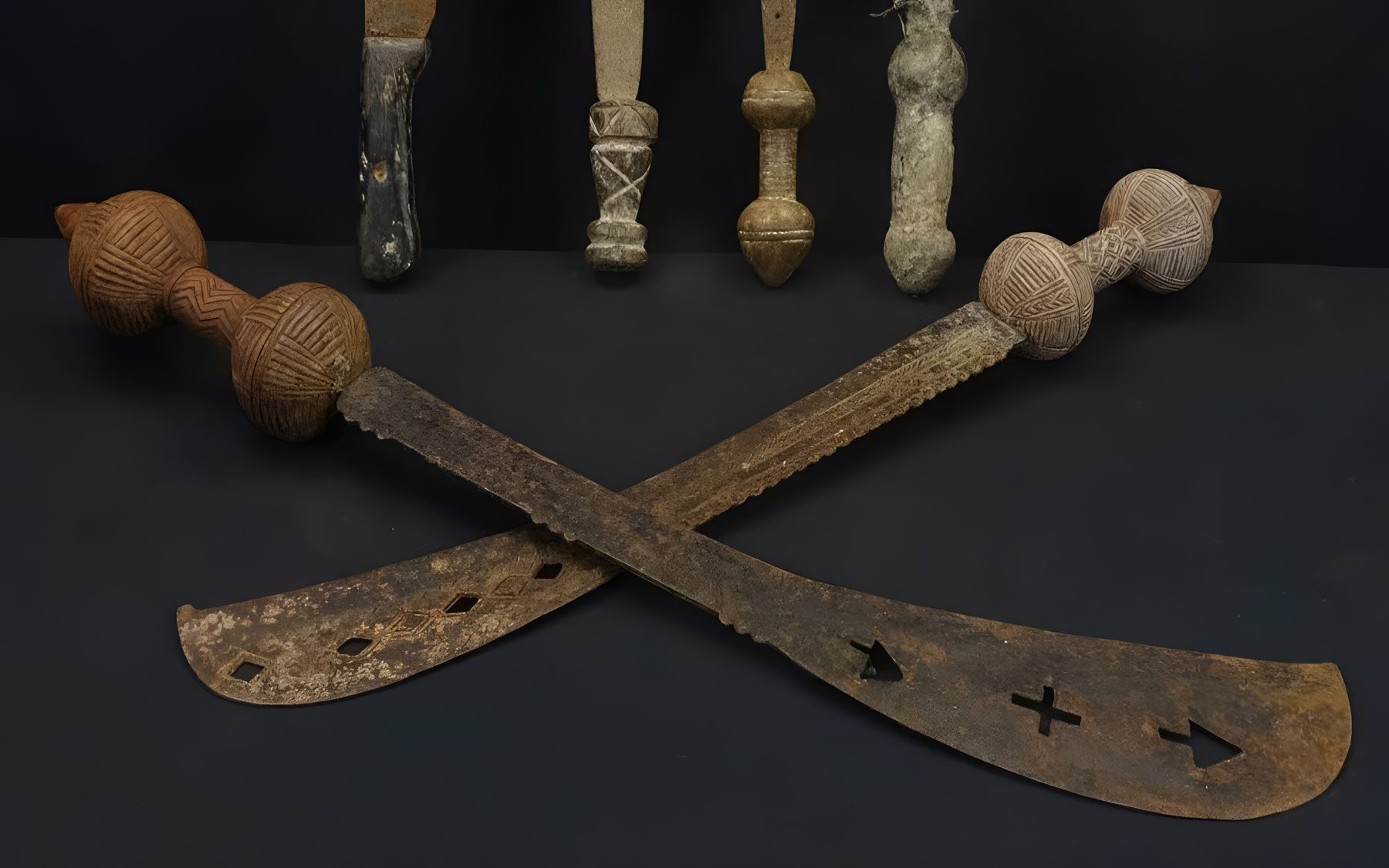
African swords and their designs are closely tied with individual cultures worldwide. The African Akragena Sword is still part of the traditions and ceremonies practiced by the Ashanti people of Ghana.
While it may look like a ceremonial weapon, the Akrafena was used in warfare and battles. In this article, we will go over the characteristics of the Akrafena and explain how it could have been used for battle as well as a religious and cultural instrument. Then we will discover its origins.
Characteristics of the Akrafena Sword
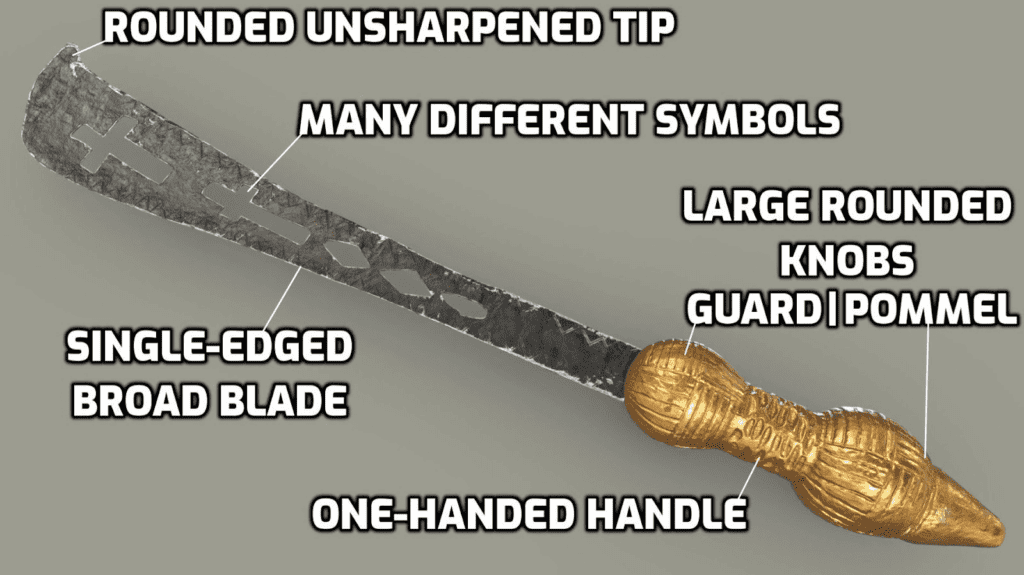
African Akrafena Swords are one of the most easily recognizable blades from history. It possesses unique characteristics that might lead some to believe that the sword has no battle effectiveness. However, when examining its characteristics more closely, one can understand why the Ashanti people used this sword as a warfare favorite.
Blade
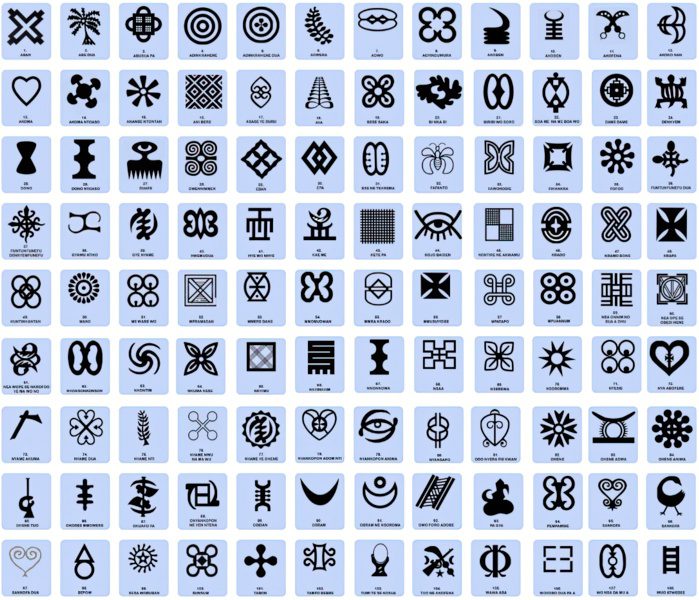
The blade of the Akrafena Sword is curved and broad, and at the neck of the blade is an unsharpened part that allows for a stronger grip. Then at the mid-section, the blade broadens like a spade and curves upwards towards the blade’s tip. The only sharp part of the Akrafena Sword is the curved edge, not the tip itself, which could be rounded.
Akrafena blades were made out of iron, or, in some cases, imported steel was used to create the design. Most battle-ready Akrafena Swords had flat blades, while those used for rituals had different symbols, each representing something different𑁋 energy, spirit, power, wisdom, luck, prosperity, patience, prudence, loyalty, authority, and unity.
The first sighting of the Akrafena blade was by the Dutch in the 16th century and was described as a large double-edged blade. The most common blade length for the Akrafena swords found today is between 20 to 24 inches (50 to 60 cm).
Guard
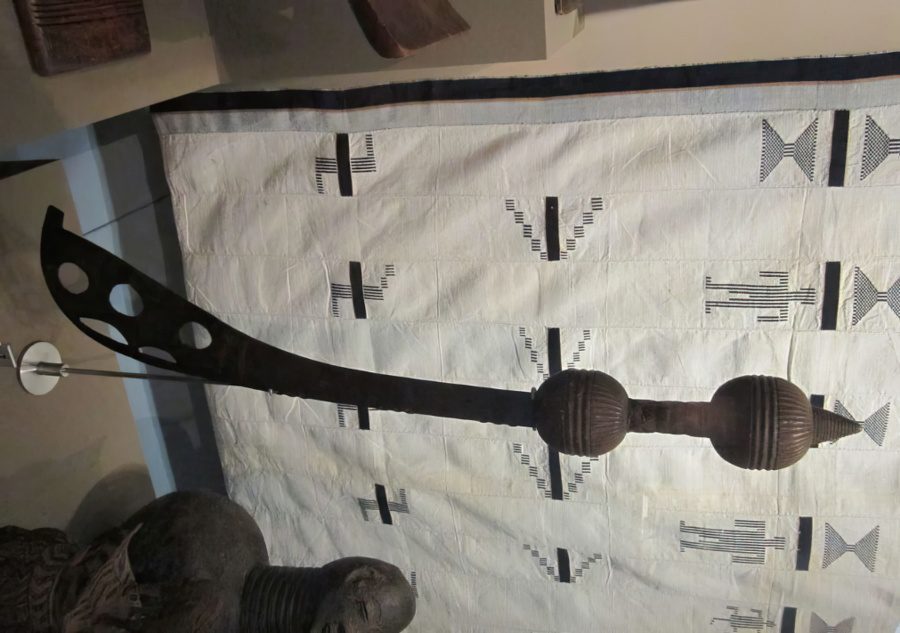
The Akrafena Sword has the same guard and pommel in a round ball form that can be made of wood or gold if used by tribal chiefs or kings. Some see this as a guard or a piece of the handle, but we see it strictly as a guard because it can protect the wielder’s hand.
Handle
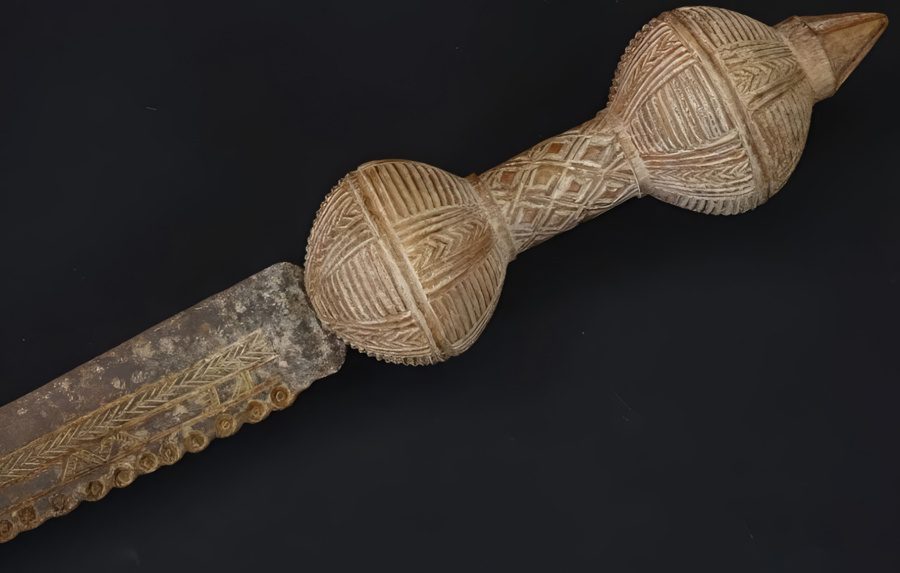
Akrafena Swords have one of the most elaborate handles from the arsenal of African swords. It is a straight handle surrounded by two ball shapes acting as the guard and the pommel on each end. These are traditional power symbols of the Ashanti region and are believed to offer protection to the user. These two ball shapes symbolize two highly regarded bodyguards called the Afenasoafoɔ of the Ashanti King.
The handle is usually made of wood and placed around the full tang blade, or is sometimes made of metal and gold. These spherical and straight-handle designs are almost always engraved and decorated with various symbols that can mean many different things. The most common handle length for the Akrafena Sword is between six to eight inches (15 to 20 cm).
Pommel
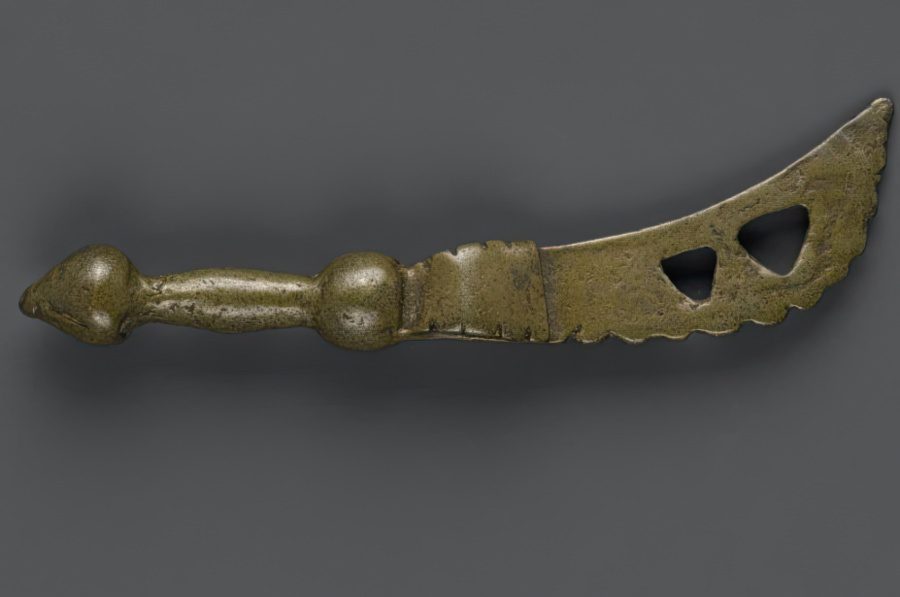
The pommel is the round ball placed on the lower part of the hilt, which is usually the same size or bigger than the guard. It acts as a back support to the user’s hand and a ceremonial piece heavily decorated with many African Adinkra symbols. These pommels hold the end of the full-tang blade and can sometimes feature a spike with a cord or a rope hanging from it.
Scabbard
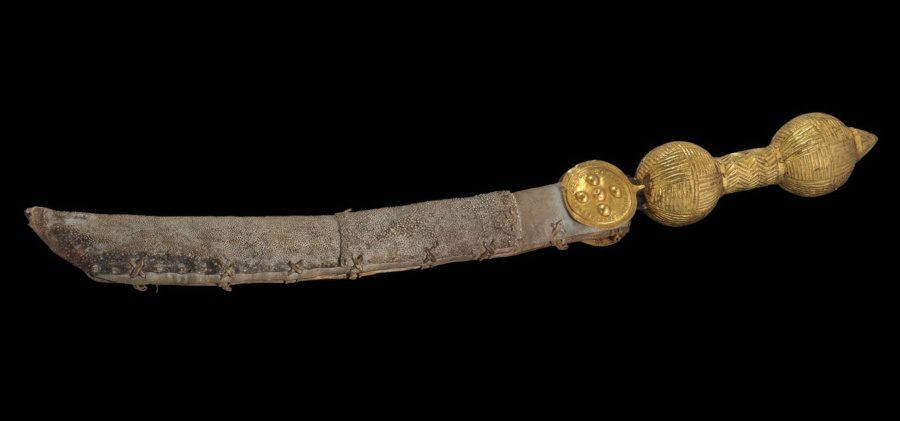
The sheath or scabbard is the placeholder of the Akrafena Sword when it is not in use. It can be decorated with rare and precious metals or exotic skins. Some frequently seen covering the wooden Akrafena scabbard are shark skin, electric eel skin, leopard skin, and antelope skin.
Weight
Despite looking as if they are heavy, Ashanti Akrafena Swords are light weapons or ceremonial tools. Some heavier Akrafena blades were used for war or sacrifice rituals, but most Akragena Swords weigh around 2.2 lbs (1 kg).
Length
Akrafena Swords can come in various shapes and designs, each with a different background and meaning for the Ashanti people. The most common length for the Akrafena Swords is around 32 inches (80 cm), allowing it to be wielded with one or both hands.
Uses of the Akrafena Sword
The Akrafena Sword is a one-handed bladed-edged weapon but can also be used with two hands if the other hand is occupied with the guard, pommel, or unsharpened blade edge. It isn’t a thrusting weapon because it has no sharp tip. Instead, it is used for powerful hacking and slashing motions. The most important thing when using the Akrafena is one’s footwork which is fast and agile.
Warfare and Combat
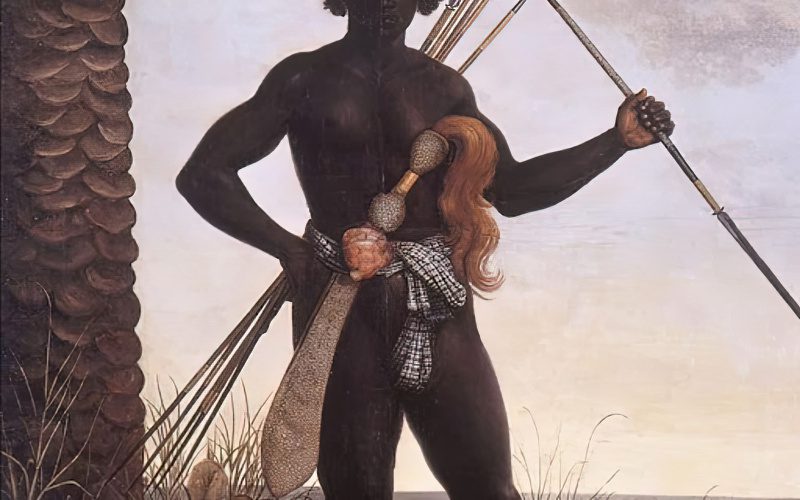
The primary use of the Akrafena-like blades found in the Ashanti regions of West Africa is warfare and combat. There are many depictions of this blade being used in combat against unarmored opponents and enemy shields. Because of its lightweight, it can easily be carried and used as a chopping tool through thick forests and to defend against enemies of the Ashanti warriors.
Weapon of Prestige and Rank
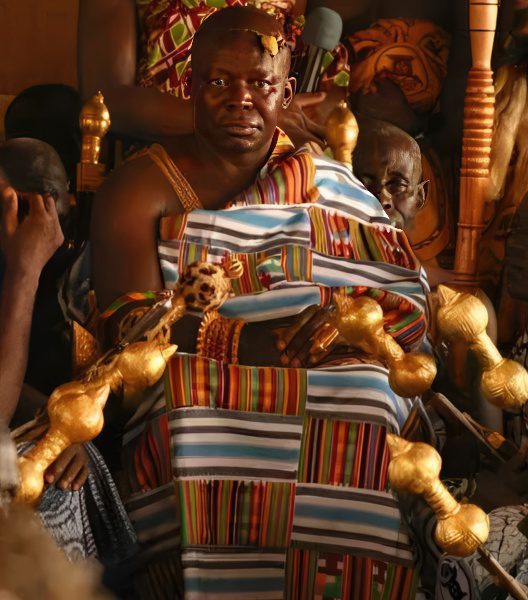
Its successful combat background has given the Akrafena Sword a status of prestige for nobility. Often only the most powerful warriors could wield this sword, and the Ashanti King always possessed one. Two of the king’s bravest and most loyal bodyguards, known as the Afenasoafoɔ, were also allowed to carry this sword. With time, nobility and the higher-ranking Ashanti people began using this sword to distinguish themselves.
Ceremonial and Sacrificial
Different kinds of Akrafena can be found in almost all of the ceremonies performed in the Ashanti regions. They are used in traditional African dances that bring joy and prosperity to the people or during mourning ceremonies when the decorated hilt can be blackened.
In the past, Ashanti swords were also used for sacrifice, including body mutilation and torture of prisoners to the point of death. This practice is forbidden and banned today, but some of these rituals are still practiced without sacrificing or killing humans.
Akrafena Martial Art
Throughout history and today, Ashanti martial arts emphasize the Akrafena Sword as its main training tool. The Ashanti practitioners use over 20 fighting postures, including sword fighting, kicking, throwing, and wrestling. Many of these techniques are used in Ashanti traditional dances as well. The Akrafena is also popular in HAMA (historical African martial arts).
History of the Akrafena Sword
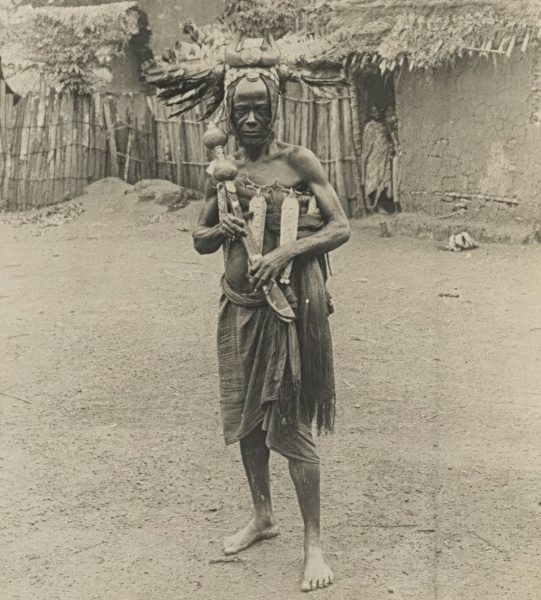
The Akrafena, otherwise known as Afena or the Ashanti Sword, is an African sword from the western provinces of Ashanti. Some believe this sword traces its earliest history to the 10th century Bonoman Kingdom or the 13th century Ashanti Empire States. The prototype of Akrafena Swords could be straight and double-edged, as described by some European travelers, but eventually, they developed into the modern Akrafena we know today.
Early African iron swords in use were heavy and needed balancing, so the heavy knobs or rounded guards and pommels started being created, eventually becoming an Ashanti symbol. The Akrafena Swords we know today can be traced to the 16th or 17th century.
The Akrafena was a powerful warfare instrument, but with time it became court regalia and today is a national symbol of the Ashanti people. The high regard and background of the sword have resulted in a long hierarchy of Akrafena Swords such as the Mpomponsuo, Afenanta, Kɛtɛanomfena, Bosomfena, and many more.
